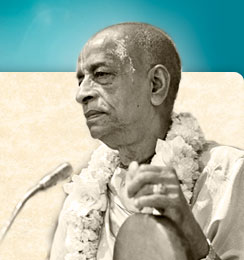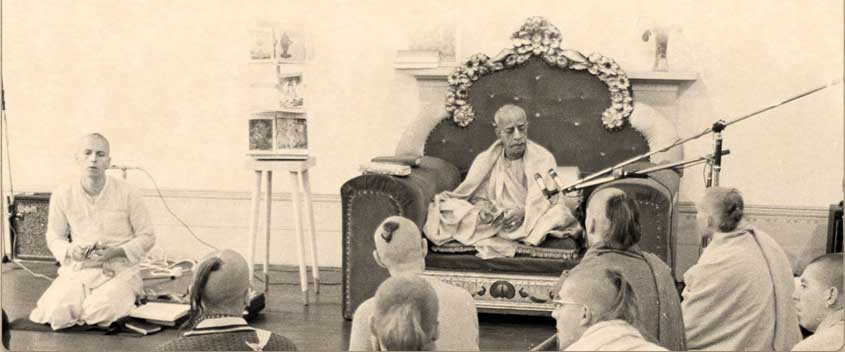|
|
|
 |
|
||||||||||||||||||||
|
|
 |
|
|||||||||||||||||||||
|
|||||||||||||||||||||||
|
 |
||||||||||||||||||||||
 |
|
 |
|||||||||||||||||||||
|
|
|||||||||||||||||||||||
 |
 |
Audio preservation is not a static process; eventually the audio will need to be transferred to a new medium and/or format in order to prevent eventual loss. We are currently transferring the last of the analog audio to digital not only as an updated medium and format change for preservation, but also for convenience of accessing these files in the future.
Much of this audio has gone through a few incarnations from reel-to-reel tape or cassette tape to DAT tape and now to hard drive. While we do make a digital backup on DVD disk, all the other formats mentioned are magnetic and subject to the unique issues associated with them. Reel-to-reel, specifically the PET (Polyethylene terephthalatel), also known as Polyester or Mylar, is considered by many as the most stable format in the magnetic lineage; however, for all intent and purpose the tape and equipment are no longer made in a cost-effective way. The same applies to cassette tapes and DAT's. This means that hard drives and their future cost-effective derivatives will be used for easier accessibility. We are maintaining the complete lineage (provenance) of the recordings along with playback equipment. If the original is a reel-to-reel or cassette tape, then we are keeping them with the next generation DAT (digital audio tape) hard drives and DVD's. In this way it can be seen, or in this case heard, that each iteration of the program has the same sound and content. For example, if the original recording is poor and contains noises, distortions, hums, crackles, etc., then each generation from an archival perspective will be the same. The only difference is the medium on which the audio program resides. Another reason for this provenance is to set a bench mark point so that if programs in the future are altered or manipulated, there will always be a reference point to come back to. To this end, we are following international guidelines laid out by groups like IASA (International Association of Sound and Audiovisual Archives) and are transferring analog audio to BWF (Broadcast Wav File) so they will be standardized and accessible now and in the future. |
 |
 |
|||||||||||||||||||
 |
 |
 |
|||||||||||||||||||||
 |
|||||||||||||||||||||||
|
|
Home | Collections | Audio | Documents | Images | Publications | About | VedaBase | Galleries | Future Vision Store | Blog © 2020 Bhaktivedanta Archives. All rights reserved. PO Box 255 1453 Tom Shelton Rd. Sandy Ridge NC 27046-7026 webmaster : nitya@prabhupada.com |
|
|||||||||||||||||||||